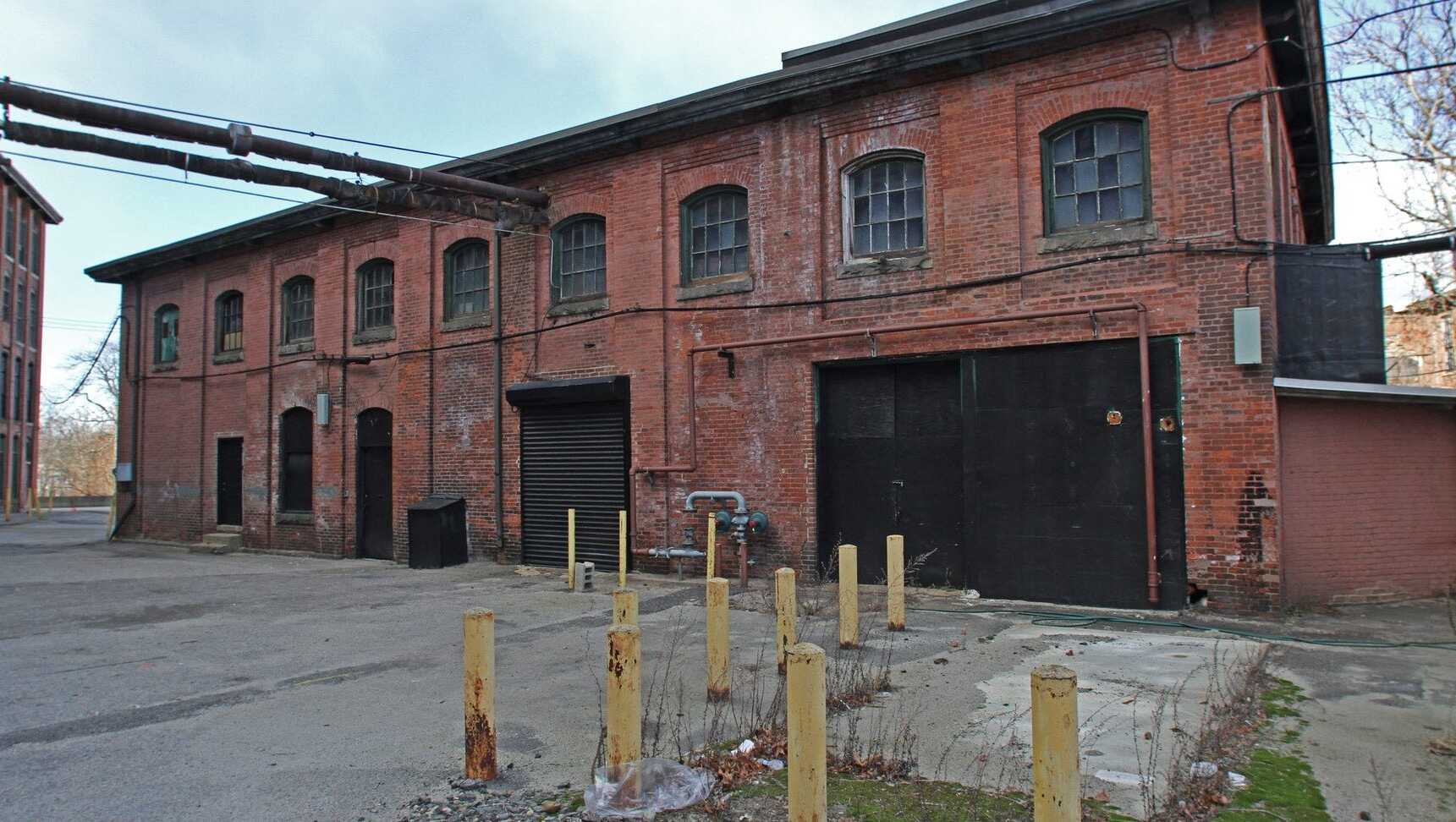Secrets Of Rhode Island’s Abandoned Riverside Mills

Have you ever wondered about the hidden stories behind Rhode Island's abandoned riverside mills? These old structures, once bustling with activity, now stand as silent witnesses to a bygone era. Walking through these mills feels like stepping back in time. You can almost hear the hum of machinery and the chatter of workers. Each mill has its own unique tale, from the rise of the textile industry to the eventual decline. Exploring these places offers a glimpse into the past and a chance to appreciate the history that shaped Rhode Island. Ready to uncover the secrets of these fascinating relics? Let's dive in!
Secrets of Rhode Island's Abandoned Riverside Mills
Rhode Island, the Ocean State, hides many secrets within its borders. Among them, the abandoned riverside mills stand as silent witnesses to a bygone era. These mills, once bustling with activity, now offer a glimpse into the past. Let's uncover the secrets of these forgotten places.
1. Slater Mill
Slater Mill in Pawtucket is where American industrialization began. Founded in 1793, it was the first successful cotton-spinning factory in the United States. Today, it serves as a museum, preserving the history of the Industrial Revolution.
2. Lonsdale Bleachery
Lonsdale Bleachery in Lincoln was once a major textile processing plant. Established in the mid-19th century, it played a crucial role in the textile industry. Now, its crumbling walls and overgrown grounds tell stories of its vibrant past.
3. Harris Mill
Harris Mill in Coventry, built in 1850, was a significant player in the textile industry. It produced cotton and woolen goods for decades. Although abandoned, the mill's architecture remains impressive, showcasing the craftsmanship of the era.
4. Pontiac Mills
Pontiac Mills in Warwick, established in 1863, was a key textile manufacturing site. It produced high-quality fabrics and employed hundreds of workers. The mill complex, now deserted, still stands as a testament to its industrial legacy.
5. Hope Mill
Hope Mill in Scituate, dating back to 1806, was one of the earliest textile mills in Rhode Island. It specialized in producing cotton yarn and cloth. The mill's ruins, surrounded by nature, offer a serene yet eerie atmosphere.
6. Natick Mill
Natick Mill in West Warwick, built in the early 19th century, was a prominent textile mill. It produced various fabrics and contributed to the local economy. The mill's abandoned structures now serve as a haunting reminder of its past glory.
7. Arctic Mill
Arctic Mill in West Warwick, established in the mid-1800s, was a major textile production site. It manufactured cotton and woolen goods, employing many local residents. The mill's decaying buildings and overgrown surroundings evoke a sense of nostalgia.
8. Valley Falls Mill
Valley Falls Mill in Cumberland, dating back to the early 19th century, was a significant textile manufacturing site. It produced cotton and woolen fabrics, contributing to the region's industrial growth. The mill's abandoned remains now stand as a silent witness to its history.
9. Sayles Bleachery
Sayles Bleachery in Lincoln, established in the late 19th century, was a major textile processing plant. It specialized in bleaching and dyeing fabrics. The bleachery's deserted buildings and overgrown grounds offer a glimpse into its industrial past.
10. Phenix Mill
Phenix Mill in West Warwick, built in the early 19th century, was a prominent textile mill. It produced various fabrics and played a crucial role in the local economy. The mill's abandoned structures now serve as a haunting reminder of its past glory.
11. Manville Mill
Manville Mill in Lincoln, established in the mid-19th century, was a major textile manufacturing site. It produced cotton and woolen goods, employing many local residents. The mill's decaying buildings and overgrown surroundings evoke a sense of nostalgia.
12. Royal Mills
Royal Mills in West Warwick, dating back to the early 19th century, was a significant textile production site. It manufactured various fabrics and contributed to the local economy. The mill's abandoned structures now stand as a silent witness to its industrial past.
13. Georgiaville Mill
Georgiaville Mill in Smithfield, built in the mid-19th century, was a prominent textile mill. It produced cotton and woolen goods, employing many local residents. The mill's decaying buildings and overgrown surroundings evoke a sense of nostalgia.
14. Manton Mill
Manton Mill in Johnston, established in the early 19th century, was a major textile production site. It manufactured various fabrics and contributed to the local economy. The mill's abandoned structures now serve as a haunting reminder of its past glory.
15. Ashton Mill
Ashton Mill in Cumberland, dating back to the early 19th century, was a significant textile manufacturing site. It produced cotton and woolen fabrics, contributing to the region's industrial growth. The mill's abandoned remains now stand as a silent witness to its history.
Hidden Gems Await
Rhode Island's abandoned Riverside Mills offer a unique glimpse into the past. These sites, rich in history, tell stories of industrial growth and decline. Exploring these mills, you can almost hear the echoes of machinery and the hustle of workers. Each visit reveals something new, from old machinery to forgotten artifacts. These mills are more than just ruins; they are pieces of history waiting to be discovered. Whether you're a history buff or just curious, these hidden gems provide a fascinating adventure. So, next time you're in Rhode Island, take a detour to these mills. You'll leave with a deeper appreciation for the state's industrial heritage and maybe even a few stories of your own. Hidden gems like these are rare, making them all the more special.

